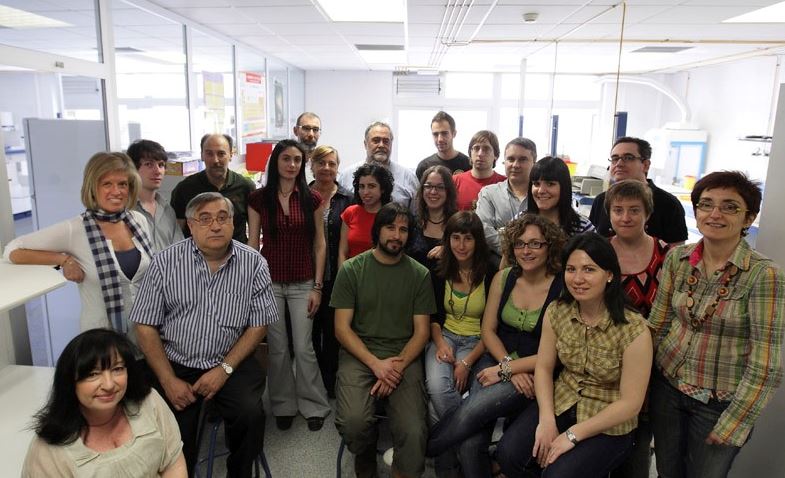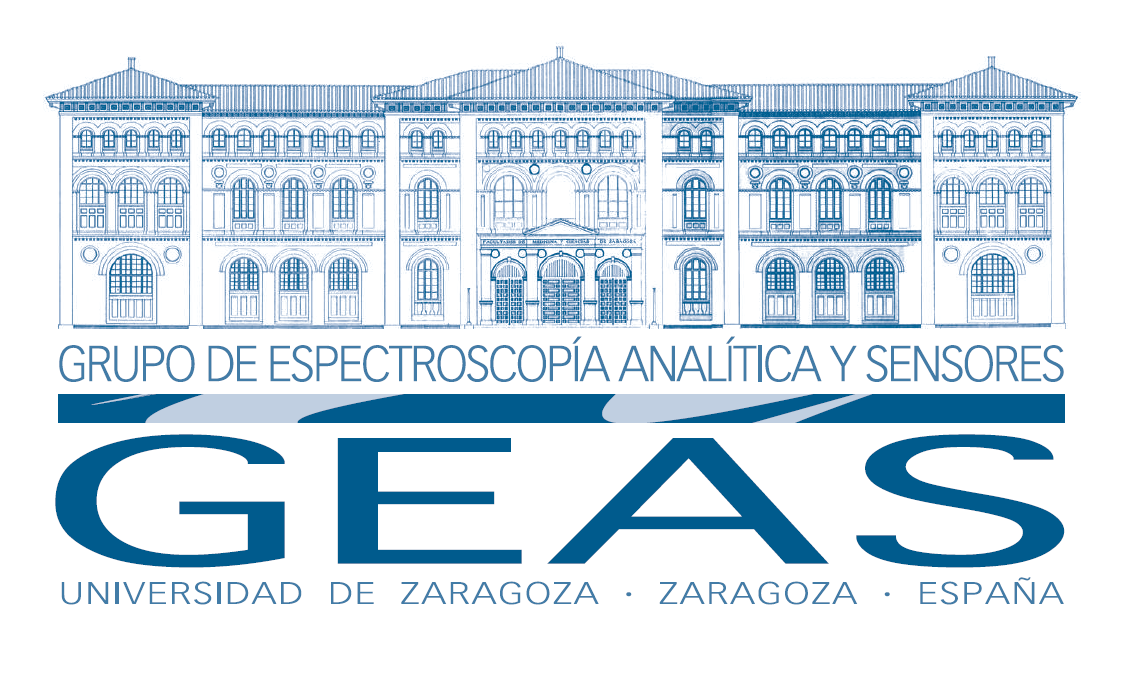
GEAS Research Lines
Our lines of research
,The research lines of the GEAS group correspond to the following three lines of work:
I. Analytical Nanometrology.
The research, development and application of new techniques, methods and analytical platforms for the detection, characterization, and quantification of both synthetic and natural nanomaterials in consumer products, the environment and biological systems, and individual particle and cell detection techniques.
II. (Bio) Electrochemical and optical analytical sensors.
The design, development, and application of catalytic (enzymes) and affinity (antibodies, aptamers) (bio)sensors for the determination in situ of contaminants, clinical parameters, and other parameters of interest in the field of environment, food safety, and biochemistry clinics.
III. Characterization of heritage materials.
Non-destructive instrumental techniques for the best knowledge and preservation of the artistic and historical heritage, with special emphasis on the study of ceramics, pigments and organic wastes.
GEAS
Analytical Nanometrology
Research and Development of new analytical techniques and methodologies for the characterization of artificial nanomaterials and nanoparticles in consumer products and strategic materials. Characterization of nanoparticles of Ag, Au, Co, Fe, SiO2, CeO2, metal oxides, etc.
Nanotechnology and analytical environmental nanoscience.
Multielemental chemical and functional speciation in natural nanomaterials of importance in ecosystems: NOM, colloids, phytoplankton, biocolloids, … etc. Application of techniques of Single Particle Analysis, Single Cell Analysis, dynamic radiation scattering, hydrodynamic chromatography and ultrafiltration techniques and AFFF (assymetric flow field fraction) for the separation of nanoparticles from Single Particle Analysis and Single Cell Analysis.
GEAS
Analytical spectroscopic and electrochemical sensors
Design and development of new catalytic (enzymatic) and affinity (antibodies, aptamers) biosensors, for the in situ quantification of endogenous clinical parameters, toxic organic molecules, contaminants, and other parameters of interest.
Electrochemical sensors for the detection and quantification of metallic nanoparticles. Electrochemical characterization of modified surfaces. Nanostructured analytical biosensors.
Applications of these (bio) sensors in the field of clinical biochemistry, environment and food safety.
GEAS
Characterization of strategic materials using non-destructive instrumental methods
Application of non-destructive instrumental techniques for the best knowledge of the artistic, monumental and natural heritage. Study of new materials.
Application of scanning electron microscopy (SEM), transmission (TEM) and field emission scanning (FESEM) techniques to the study of biological systems, materials, and nanomaterials of interest
Latest GEAS news
Publications in special issue of Microchimica Acta (Topic Collection: X-NyNA-2022, Ciudad Real)
The GEAS group has recently published two papers in the special issue of the journal Microchimica Acta of the "X International Congress on Analytical Nanoscience and Nanotechnology (X-NyNA-2022)", held in Ciudad Real (September 5-8, 2022) on the campus of the...
Reading of the Doctoral Thesis of Celia Trujillo Lacasa (GEAS group)
On May 5, 2023, the GEAS group researcher Mrs. Celia Trujillo Lacasa defended her Doctoral Thesis, entitled: "Nano- and microplastics in the environment: presence, effects and their role as a trojan horse for other pollutants", in the Sala de Grados of the Faculty of...
Einstein and Aragonese Science: exhibition organized in the Auditorium of the University of Zaragoza from the GEAS
The GEAS researcher Josefina Pérez Arantegui has been part of the organizing committee of the temporary exhibition "Einstein and Aragonese Science", which is located in the Auditorium of the University of Zaragoza until July 1, 2023 (Odón de Buen room of the Museum of...




